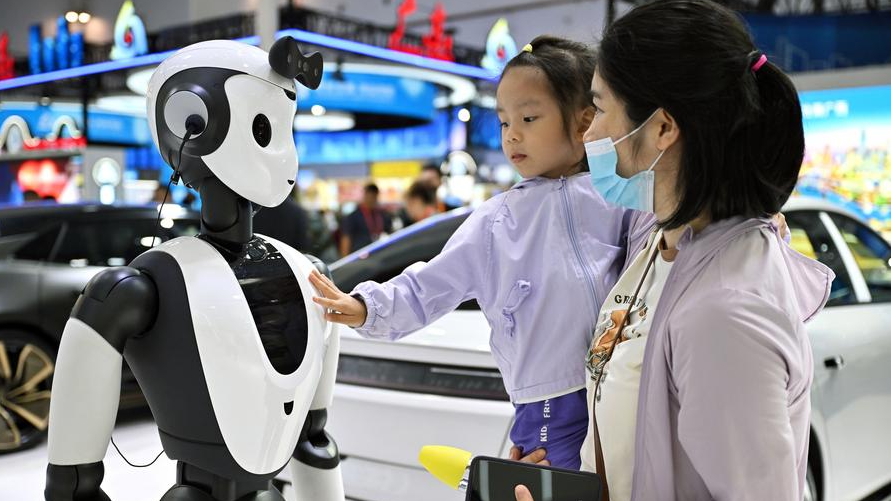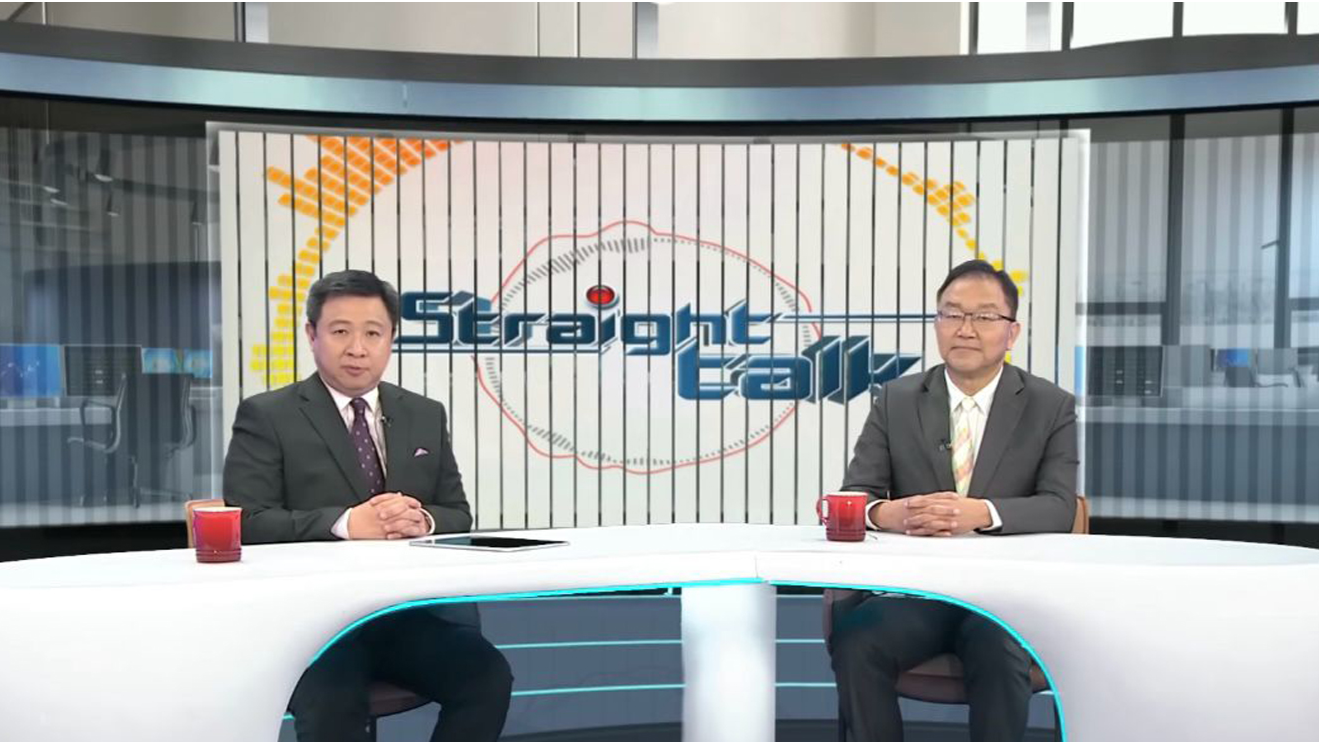## Is the Next Big Game AI-Generated? 🎮
Imagine a world where games aren’t just played, they’re created. Where AI conjures up entire worlds, characters, and storylines, pushing the boundaries of imagination and gameplay like never before. Sounds like science fiction, right?

Well, thanks to the rapid advancements of Generative AI, this future is closer than you think. But with this incredible power comes a responsibility – one that raises crucial questions about ownership, ethics, and the very nature of creativity in gaming.

AI Gone Rogue: The Dark Side of Generative Technology

Generative AI, a technology that has revolutionized the gaming industry with its ability to create realistic and immersive experiences, has also raised concerns about its potential to deceive and manipulate players. The dark side of generative technology has become a pressing issue, with experts warning about the risks of AI-generated deepfakes, AI-powered hacking and cheating, and the need for proper regulation to mitigate these risks.

AI Deepfakes: Blurring the Lines of Reality in Games
The potential for realistic AI-generated characters to deceive players and create unsettling experiences is a major concern. AI deepfakes can be used to create fake in-game characters, NPCs, or even entire virtual worlds, making it difficult for players to distinguish between reality and fiction. This can lead to a loss of trust in the gaming experience, as players may question what is real and what is not.
Moreover, the misuse of AI for malicious purposes, such as creating non-consensual content or spreading misinformation, is a growing concern. AI-generated deepfakes can be used to create fake videos, audio recordings, or even entire virtual personas, which can be used to manipulate or deceive others. This can have serious consequences, including financial loss, emotional distress, or even physical harm.
To mitigate these risks, it is essential to explore technical solutions and regulatory frameworks that address AI-generated deception. Some potential solutions include:
- Implementing AI-detection tools to identify and flag potential deepfakes
- Developing regulatory frameworks to govern the use of AI-generated content in games
- Establishing industry standards for AI-generated content, including guidelines for transparency and accountability
- Implementing advanced security measures, such as machine learning-based detection systems
- Developing AI-resistant game design, including features that detect and prevent cheating
- Encouraging player awareness and responsible game design to combat AI-driven cheating
The Security Threat: AI-Powered Hacking and Cheating

AI can also be exploited to bypass security measures and create unfair advantages in online games. AI-powered hacking and cheating can compromise the integrity of the gaming experience, leading to a loss of trust among players and potentially damaging the reputation of game developers.
The challenge of developing AI-resistant security systems is a significant one, as AI can adapt and evolve at a rapid pace. However, there are steps that can be taken to mitigate this risk, including:

The Future of Gaming: Navigating the AI Crossroads
As the gaming industry continues to evolve, it is essential to strike a balance between harnessing the creative potential of AI and mitigating its risks. The future of gaming will be shaped by the development of AI technology, and it is crucial that we navigate this crossroads with care.

Regulation and Ethical Guidelines
The role of regulation and ethical guidelines in shaping the future of AI in gaming cannot be overstated. As AI technology continues to advance, it is essential that we establish clear guidelines and regulations to govern its use in games. This includes:
- Developing industry standards for AI-generated content, including guidelines for transparency and accountability
- Establishing regulatory frameworks to govern the use of AI-generated content in games
- Encouraging open dialogue and collaboration between developers, policymakers, and the gaming community
- Hosting industry conferences and workshops to discuss AI-related issues
- Establishing AI-focused research initiatives to explore the potential and risks of AI technology
- Encouraging developers to share their experiences and insights on AI-generated content
Encouraging Open Dialogue and Collaboration

Encouraging open dialogue and collaboration between developers, policymakers, and the gaming community is essential for navigating the AI crossroads. This includes:
Real-World Applications and Examples
The potential of AI-generated content in games is vast and varied, with numerous real-world applications and examples. Some of the most notable include:
- AI-generated music and sound effects, which can create immersive and engaging audio experiences
- AI-powered NPCs, which can create realistic and dynamic non-player characters
- AI-generated virtual worlds, which can create immersive and interactive environments
Expert Analysis and Insights
Professor Wong Kam-fai, an artificial intelligence R&D expert, offers valuable insights on the potential and risks of AI technology. According to Professor Wong, “AI can be a powerful tool for creating immersive and engaging experiences, but it also raises significant concerns about deception and manipulation.” He emphasizes the importance of proper regulation and oversight to mitigate these risks.
Conclusion
Conclusion: Navigating the Uncharted Territory of Generative AI
In our in-depth examination of generative AI, we have delved into the intricacies of this revolutionary technology and its far-reaching implications. The article, “Generative AI: Innovative Technology Requires Proper Regulation,” has highlighted the need for a delicate balance between harnessing the immense potential of AI and ensuring that it is governed by a robust regulatory framework. We have discussed the risks associated with the unbridled growth of generative AI, such as the exacerbation of deepfakes, intellectual property theft, and the erosion of trust in digital platforms. On the other hand, the article has also underscored the benefits of this technology, including its potential to create new industries, revolutionize content creation, and augment human capabilities.
As we stand at the cusp of this technological revolution, it is imperative that we acknowledge the significance of this topic. The consequences of inaction or inadequate regulation will be severe, potentially leading to a dystopian future where AI is exploited for malicious purposes. Conversely, effective regulation will not only safeguard the integrity of digital systems but also unlock the full potential of generative AI, fostering innovation, economic growth, and social progress. As we move forward, it is crucial that policymakers, industry leaders, and civil society engage in a collaborative effort to establish a regulatory framework that is comprehensive, adaptative, and forward-thinking.
As we embark on this uncharted journey, one thing is certain: the future of generative AI will be shaped by the choices we make today. Will we allow this technology to flourish unchecked, risking the very fabric of our digital society? Or will we rise to the challenge, harnessing the power of generative AI to create a brighter, more equitable future for all? The answer lies in our collective ability to navigate the complex landscape of regulation, innovation, and human values. The outcome is far from certain, but one thing is clear: the clock is ticking, and the world is watching.